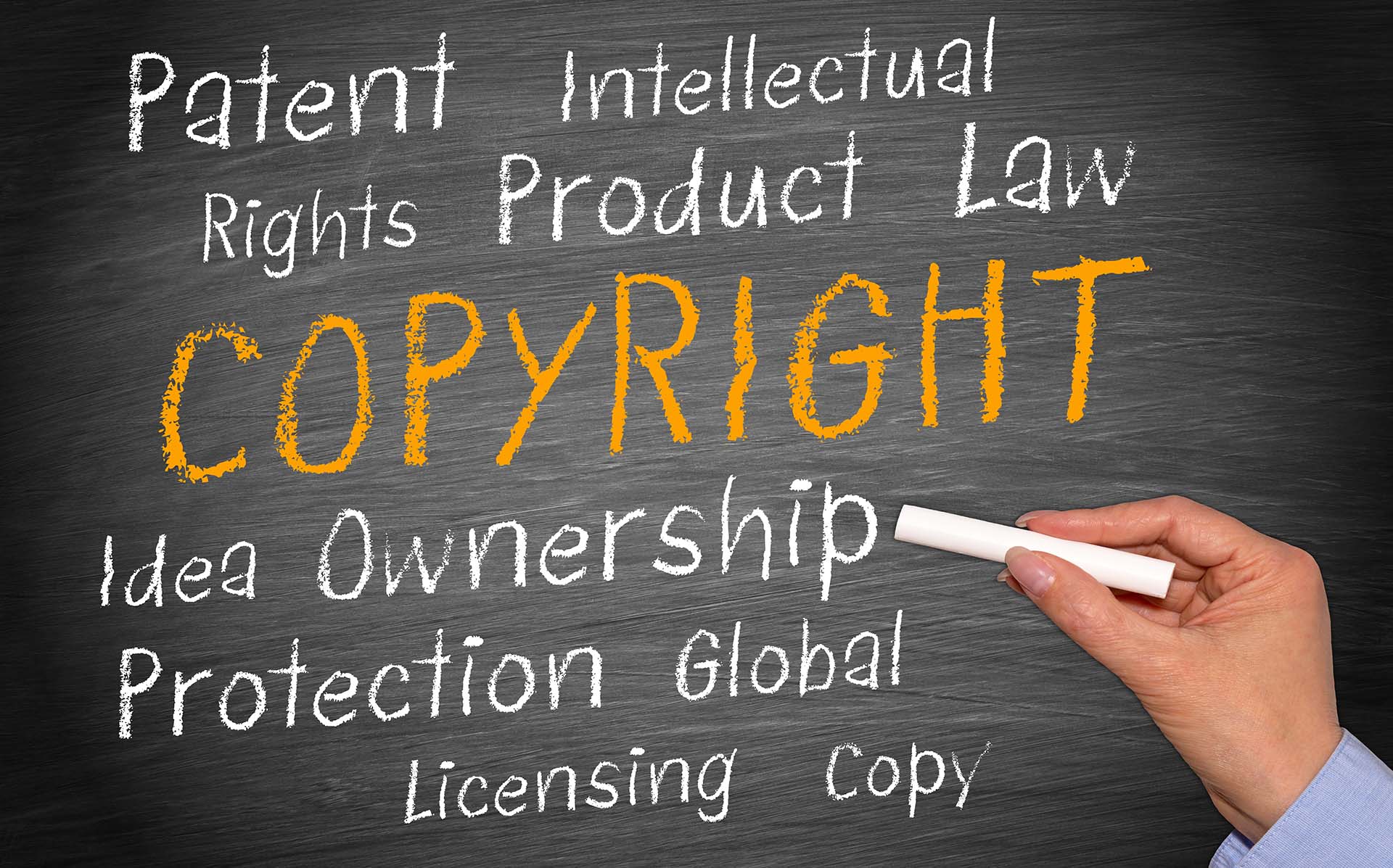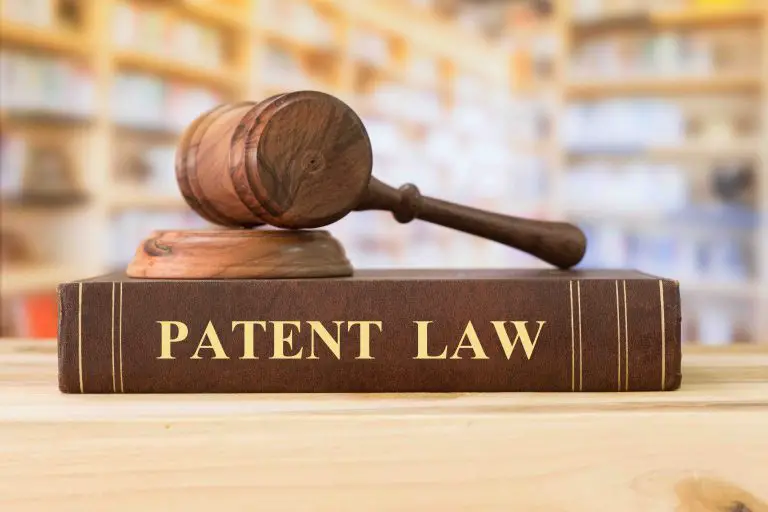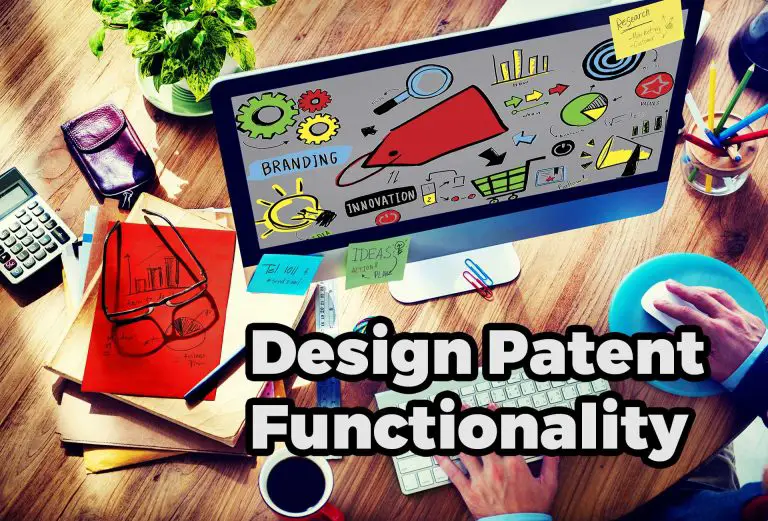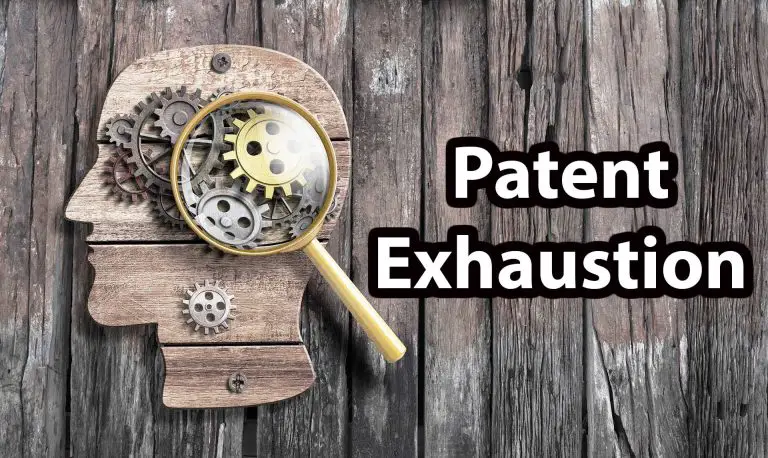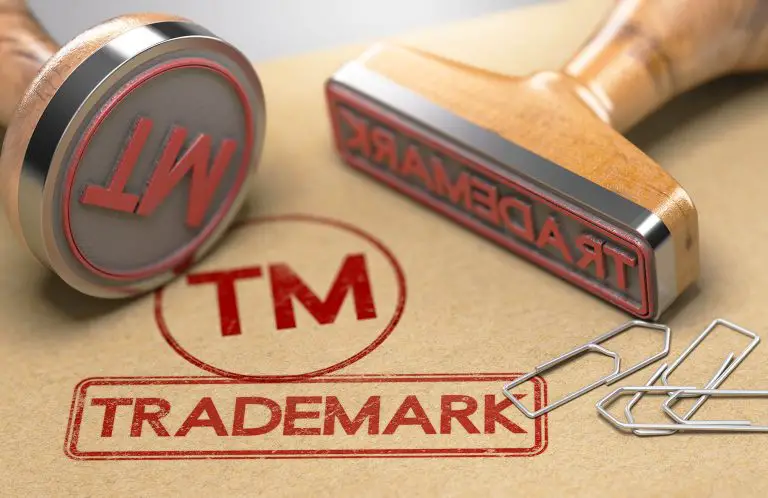Design Patent vs Copyright Protection
If you have a design that you want to protect, you may be wondering how patenting your design with a design patent differs from protecting your design by registering it with the U.S Copyright Office for copyright protection. Both design patents and copyright protection protect new designs, but they are different forms of intellectual property protection. We will now explain the difference between protecting your design with a design patent vs protecting your design with a copyright.
Design Patent vs Copyright Protection
A design patent allows inventors to protect new, nonfunctional designs that are applied to an article by granting a patent holder the right to restrict others from using and selling their designs. On the other hand, copyright law protects expressions of art, such as photographs, artwork, photographs, songs, and sculptures.
Design Patents
Design patents are a form of intellectual property protection that protects how an object looks or its appearance, they do not protect the functional aspects of an object. If an inventor has a design that’s functional, he can only protect it by applying for a utility patent and not a design patent.
If you want to protect your design with a design patent, you need to prepare and file a design patent application with the USPTO. Unlike copyright protection which is automatic in the US, patent protection is not. Instead, a designer needs to apply for a design patent.
To be able to patent a design, an applicant must show that his design is novel (new), nonobvious and that the design is applied to an article of manufacture.
Design patents cannot be used to protect general ideas, an inventor must have a specific design that he wants to protect. Only one design can be protected by a single design patent application.
So, why do inventors choose to protect their designs with design patents?
Inventors choose to protect their designs with design patents because design patents allow patent holders to restrict others from using, making, selling, offering to sell, and importing an object that has the patent holder’s design to the United States.
It is the design patent holder’s duty to find those infringing upon his design and ask them to stop their infringing activities. It is not the USPTO’s job to police a patent holder’s patent.
If a patent holder asks a party infringing upon his patent to stop the infringing use and they do not comply with his request, he can bring a lawsuit against that party for patent infringement in Federal District Court.
Copyright Law Protection
Copyright protection is another form of intellectual property protection that protects new works of art that have been fixed in a tangible medium. Copyright law protects things, such as paintings, movies, artwork, songs, sculptures, and computer software.
Copyright protection in the United States is automatic, however, the U.S Copyright Office allows artists who’ve created artistic works to register them with the Copyright Office for more robust intellectual property protection.
If you want to be able to sue anyone who reproduces your artwork without your permission in Federal Court for copyright infringement, you need to register your artwork with the Copyright Office.
So, if you expect that your artwork may be reproduced or distributed without your permission, you should register it with the copyright office as soon as you’ve reduced it to a tangible medium.
Which Protection Should You Choose?
If your design is applied to an article of manufacture, design patent protection is the proper type of protection and it’s also the strongest type of protection you can get for your design.
Said differently, if you have a product that has a unique appearance, you can protect the appearance of your product by obtaining a design patent.
However, to be able to obtain a design patent over the design of your product, the design must not be functional. Said differently, the design cannot serve a purpose other than an aesthetic one.
For example, if you’ve invented a new type of nail clippers that has a new and unique design, you may be able to protect its design by patenting it with the patent office.
On the other hand, you will most likely be unable to protect its design with copyright law, unless there is something artistic about its design that can be separated from the article itself, which in the case of out hypothetical nail clippers is not possible because the design is part of the article.
So, if you have a product that has a new and unique appearance, the best intellectual property protection for your product is patenting its design using a design patent.
On the other hand, if you have a cool design that you’ve applied to a shirt that you want to sell and you don’t want others to copy the design you’ve applied to a shirt, you should register your design with the copyright office because it is the sort of thing that the copyright office protects.
By registering your design with the copyright office, you will be able to bring a copyright infringement lawsuit against anyone who reproduces or distributes your design without your permission.
Why Do Copyrights Last Longer Than Patents?
Copyrights last longer than patent because copyrights are artistic works, so offering creators of artwork a long time of protection is desirable. Patents, on the other hand, are granted to inventors of new and unique invention, so allowing patents to last too long would hinder the advancement of technology because people would not be able to build upon existing patented inventions and designs.
It would hinder the advancement of technology because inventors will not be able to build upon or use patented inventions for a very long period of time. As such, the patent office set the patent term for utility patents to 20 years and the patent term for design patents for 15 years.
Once the patent term expires, the invention falls into the public domain name, allowing anyone to use, make, and sell the once patented invention, as well as to build upon it and improve it.
Why Do We Have Patents and Copyrights?
Patent law was created to encourage inventors to invention new inventions by offering them a monopoly over their invention for a limited period of time. Inventors can profit their invention for a limited period of time without having to compete with others that copied their invention.
This is so because a patent allows an inventor to stop others from using, making, selling, and importing the invention to the United States without their express permission.
However, in return for this monopoly, inventors must disclose in great detail how to make the invention to the public. Once a patent expires, the public is free to use, making, and sell the once patented invention without the permission of the patent holder.
On the other hand, copyrights allow artists who create new artistic works, such as songs, movies, plays, paintings, and sculptures to register their artistic work worth with the U.S Copyright Office to prevent others from reproducing and redistributing their artwork without their permission.
Copyrights last much longer than patents because they usually last throughout the life of the creator of the artwork and an additional 70 years after the life of the creator.
Length of Protection (Copyright vs Design Patent)
Copyright protection in the United States lasts for the life of the creator and an additional 70 years after the author passes away. Design patents, on the other hand, last for 15 years from the date the patent office grants a design patent application.
While copyright protection in the U.S is automatic, design patent protection is not. An artist has 12 months after publicly disclosing or offering the design for sale to file a design patent application with the patent office.
If an inventor does not file a design patent application within 12 months of publicly disclosing the invention or offering it for sale, he will not be able to patent the design.
Qualifying For Both Design Patent and Copyright Protection
Some intellectual property qualifies for both a design patent and copyright law protection. If you have a valuable design you should consider both patenting the design by filing a design patent application and registering the design with the copyright office for dual protection.
That said, to qualify for copyright protection, an artist does not need to register it with the copyright office because it’s automatic but registering it allows an artist to sue others who make unauthorized use of his artwork in federal court.
Copyright vs Design Patent Protection
At this point, you should know the difference between a copyright and a design patent. Copyright protection protects artistic works, such as paintings, songs, and movies. Design patents protect new and unique designs that are applied to an object, such as the way a product looks. Copyright protection allows the copyright holder to stop others from distributing and reproducing his artistic work without his permission. Design patents allow inventors to stop others from using, making, and selling an article that incorporates the patent holder’s design. If you have any general questions or comments, please feel free to leave them in the comments section below.

